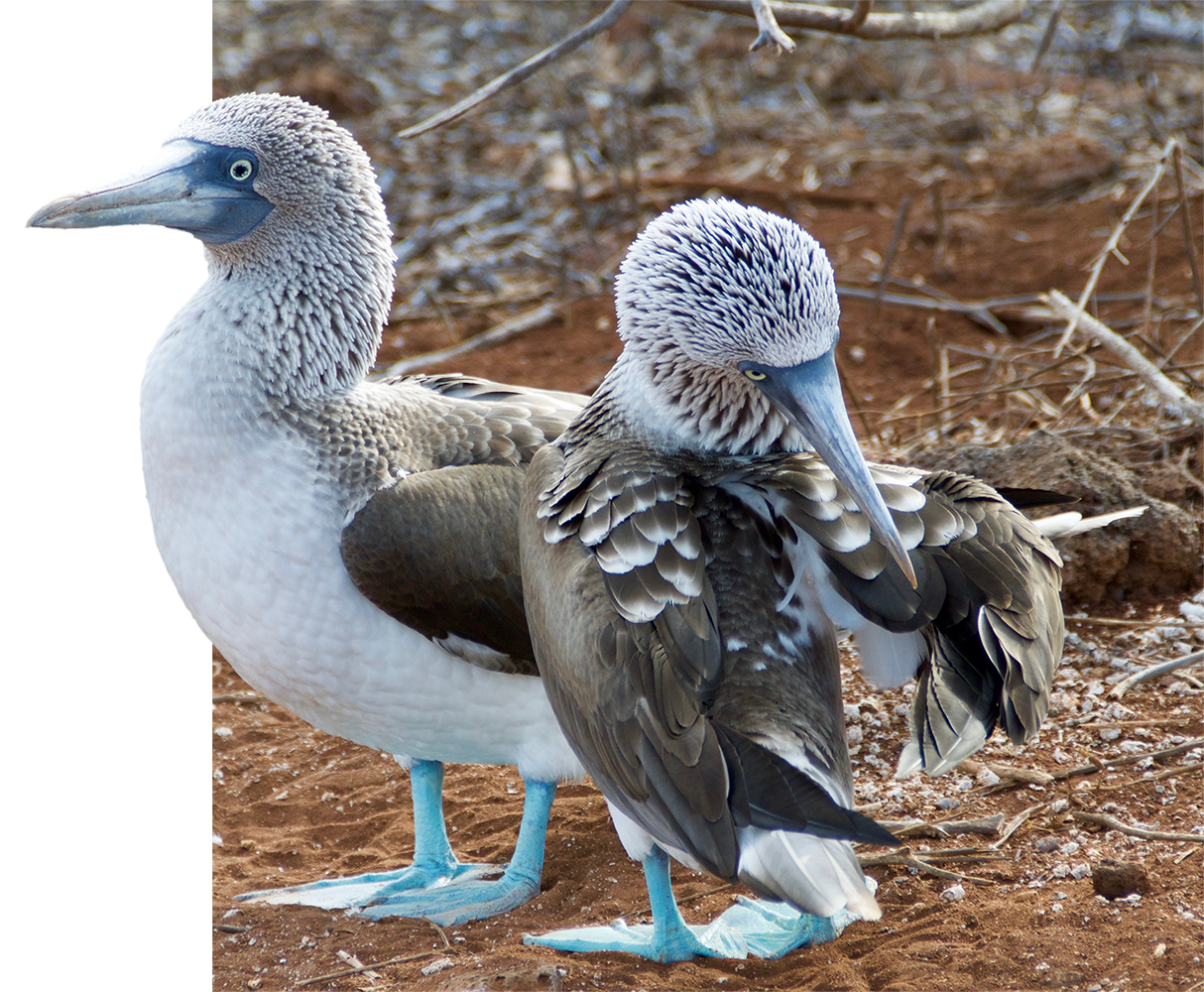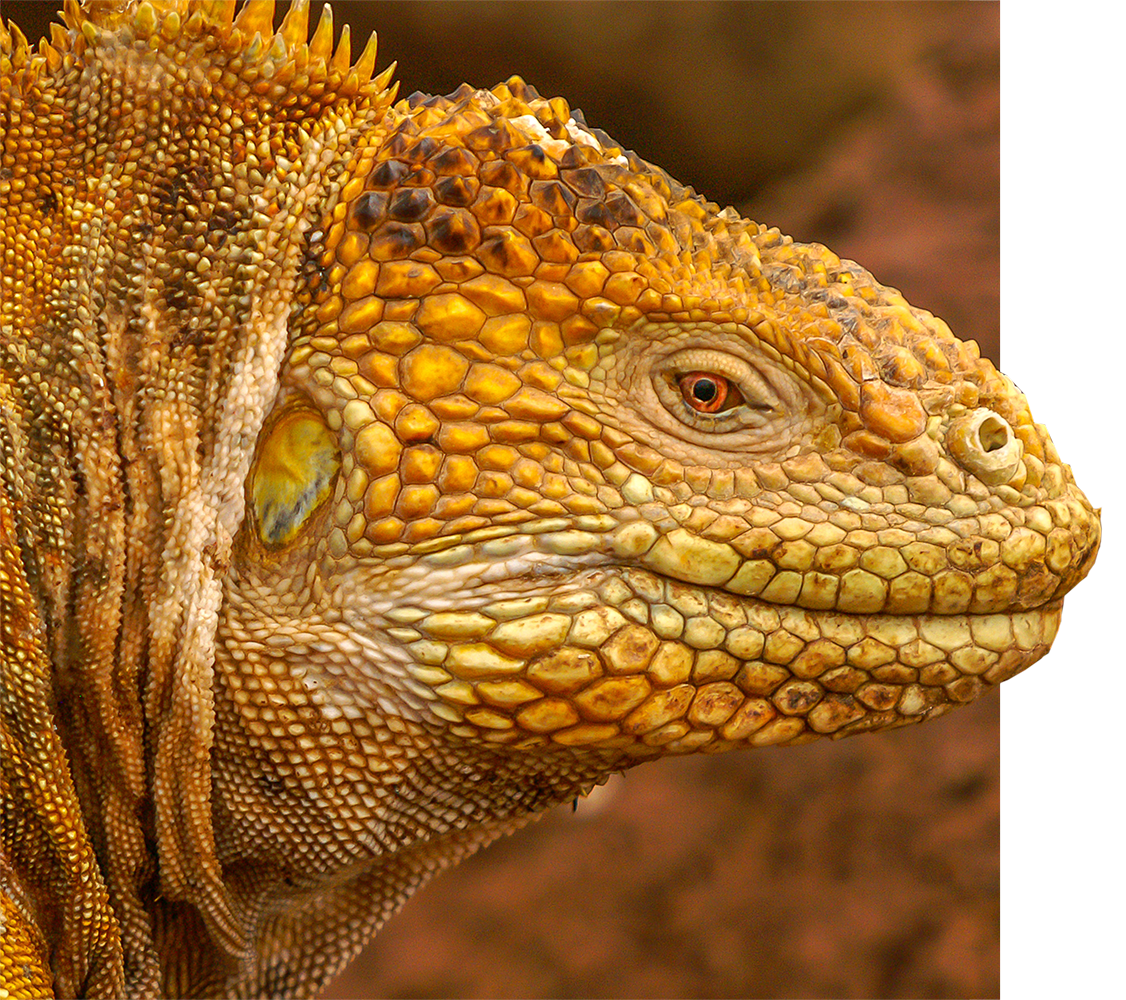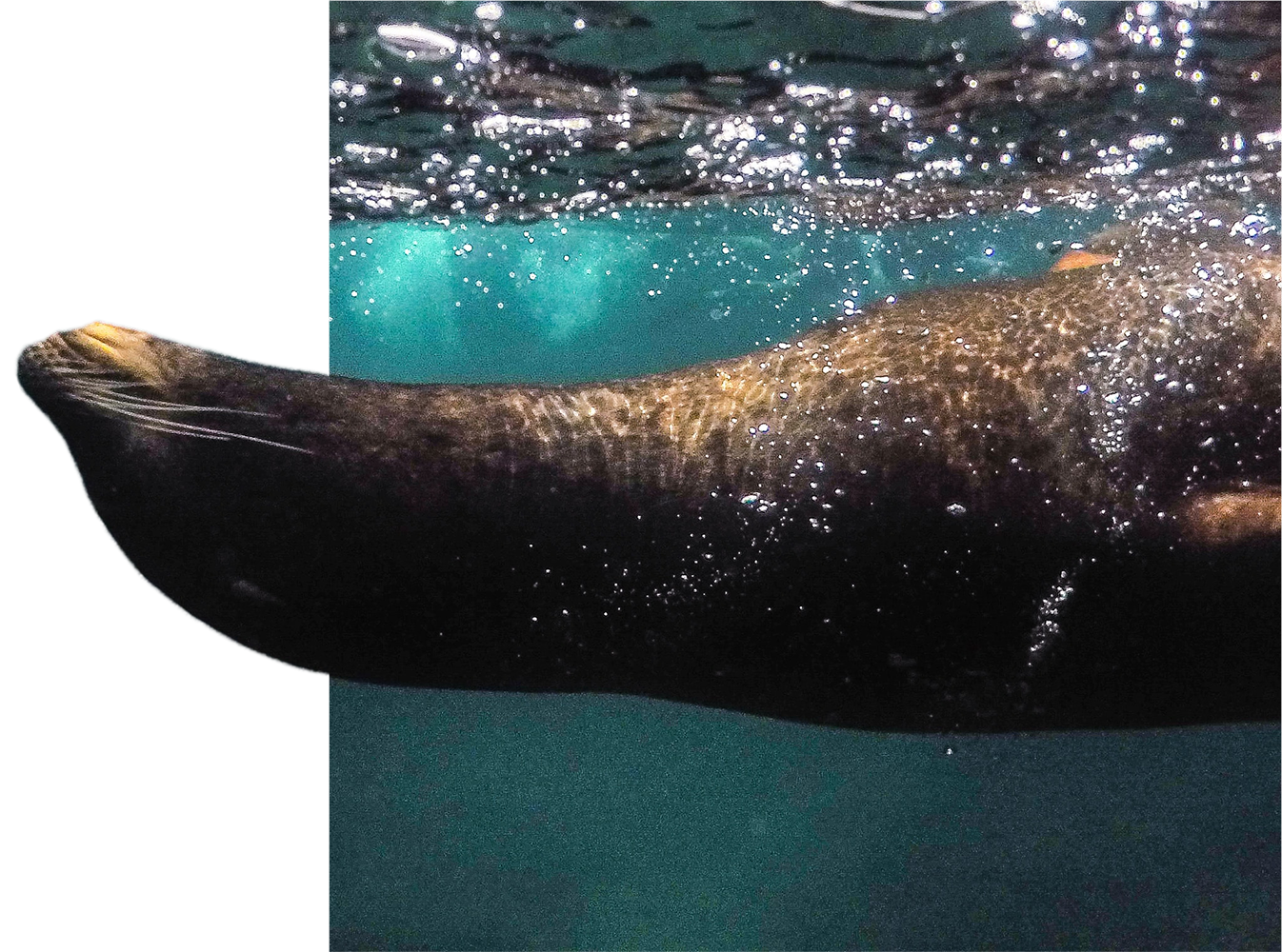

Three ocean currents make the Galápagos one of the richest marine ecosystems in the world.
The Galapagos Islands area situated in the Pacific Ocean some 1,000 km from the Ecuadorian coast. Ongoing seismic and volcanic activity reflects the processes that formed the islands.
Navigate the Maps









